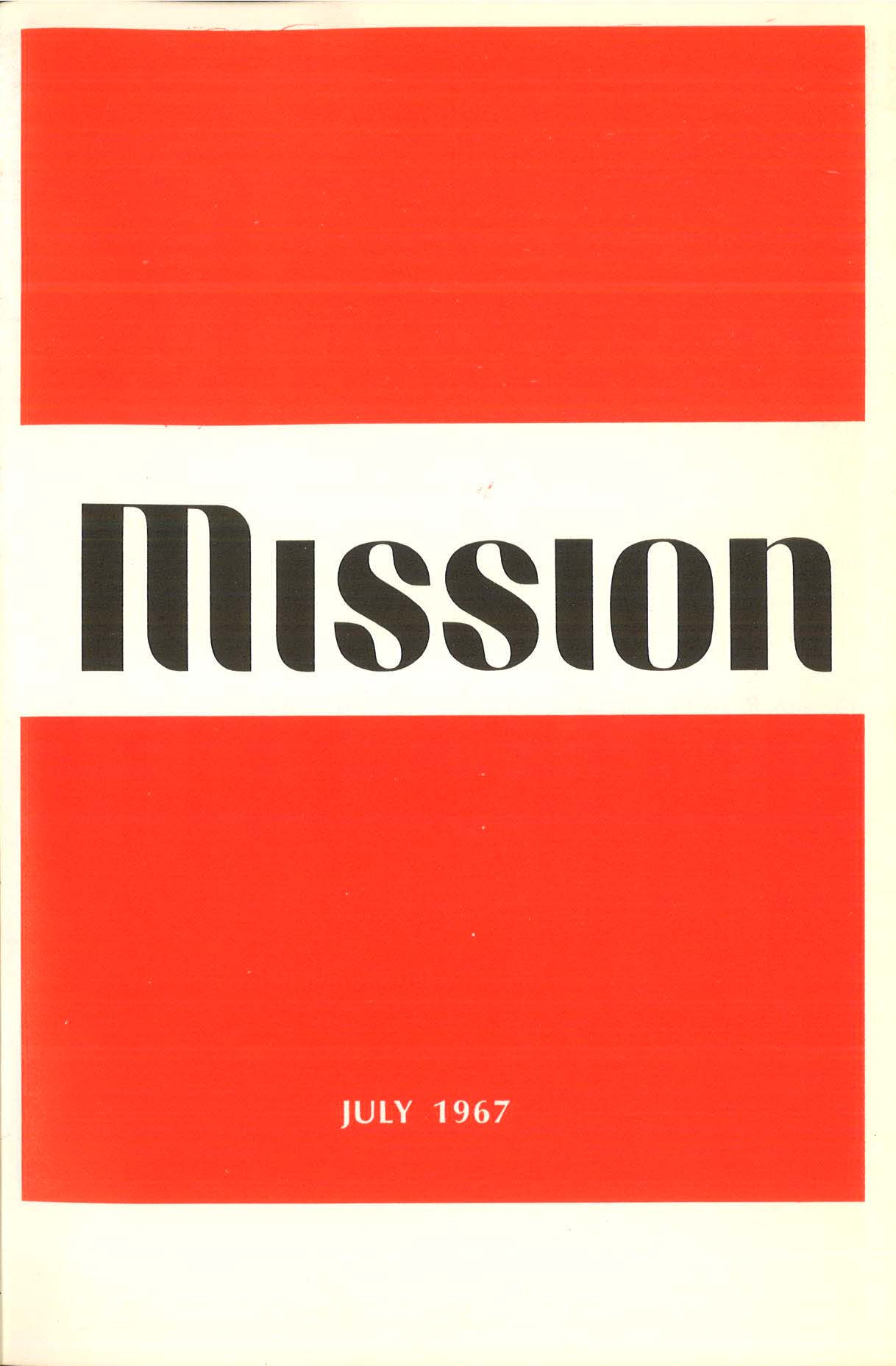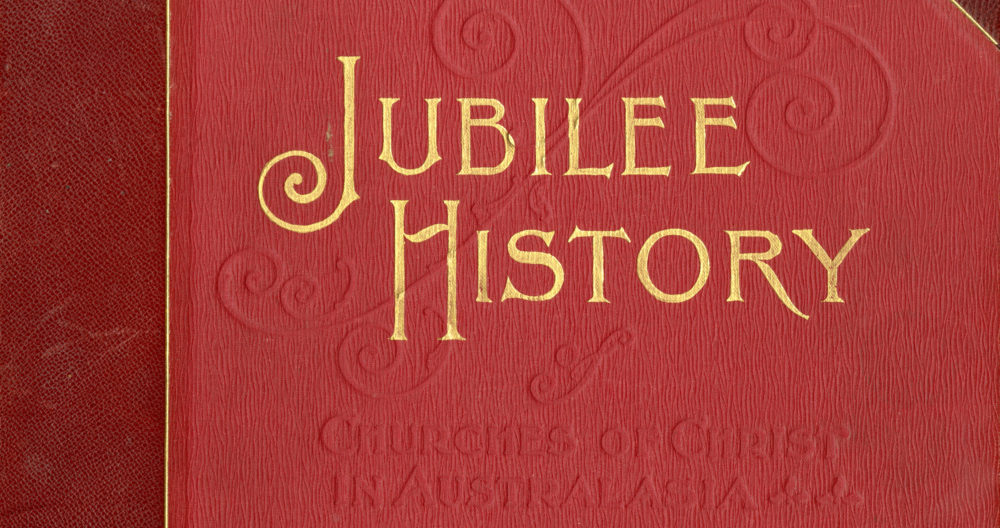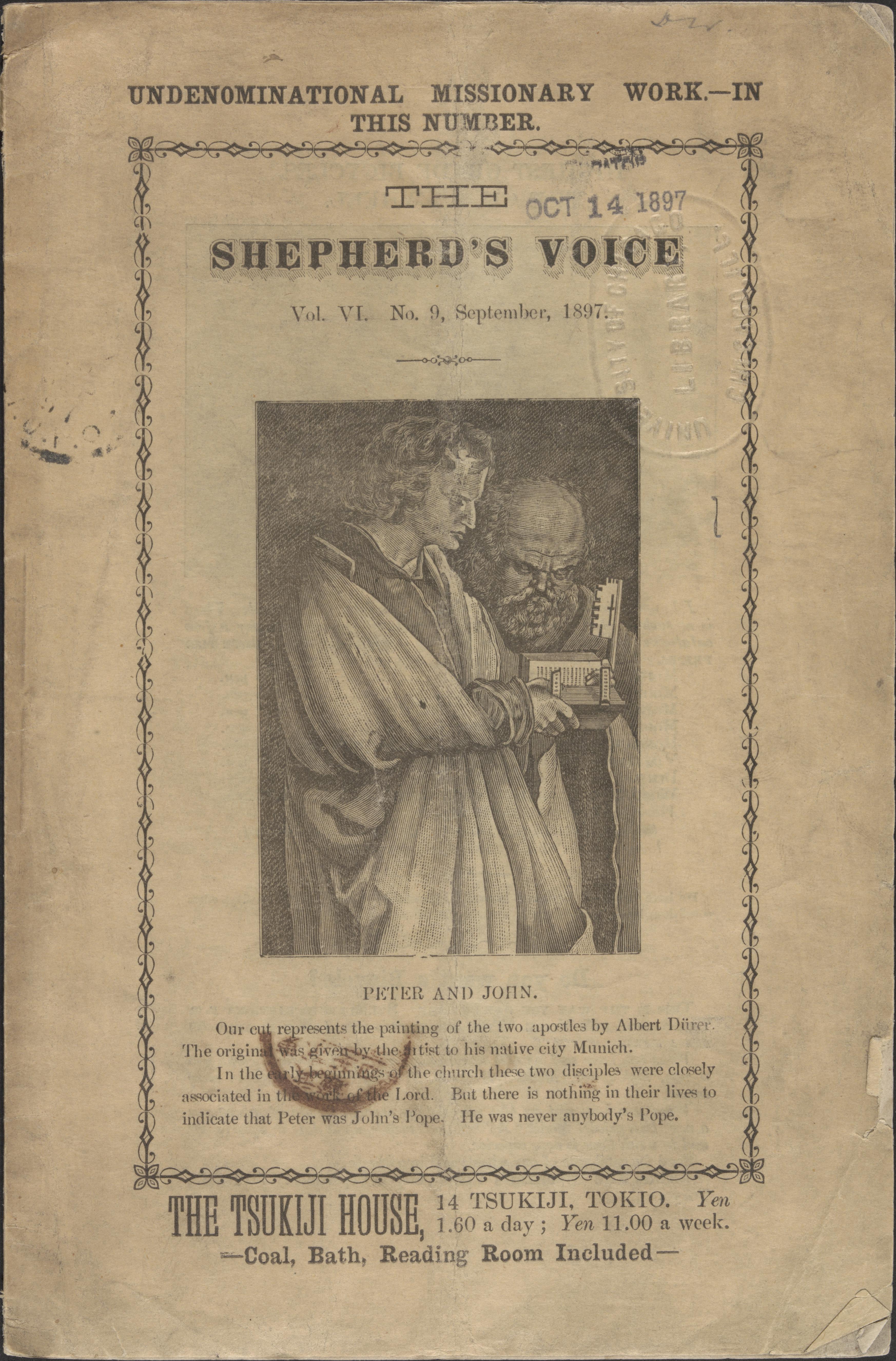We are pleased to announce Mission Journal is now available online for full-text browsing, searching, and download. From 1967 to 1988, Mission Journal was a forum for theological reflection on issues such as race, gender, war and peace-making, the place of the church in urban society, the nature and implications of Restorationism and critical Biblical and historical scholarship. It was one of the most controversial periodicals among Churches of Christ in the decades of the late 1960s-mid 1980s.

Bob Turner, in his preface to this oral history project, describes Mission’s character as “unique—sort of Sojourners meets Village Voice meets MAD Magazine. It was smart enough to provoke a theologian but accessible enough to put on your coffee table; classic enough to attract intellectuals in the 1960s but avante garde enough to get picked up by a college kid a generation later. It was unquestionably the literary counterculture of Church of Christ periodicals for two decades.”
Turner’s oral history compiles reflections from some of the key persons involved in Mission from its founding to its closure in 1988: Dwain Evans, Don Haymes, Richard Hughes, Victor Hunter, Warren Lewis, and Thomas Olbricht.
Olbricht provides in this essay, New Journals for the Sixties: Restoration Quarterly and Mission, an extended reflection and assessment of the impact of these journals. Drawing from his deep insider involvement in Mission and from Abe Malherbe’s in Restoration Quarterly, Olbricht situates them within the journalistic, editorial, theological and historical contexts of the 1950s-1970s Churches of Christ.
Greg McKinzie conducted an interview session at the 2017 Christian Scholars’ Conference, Lipscomb University, Nashville, TN, dedicated to recording the stories of Dwain Evans, Vic Hunter, and Richard Hughes in the production of Mission Journal. Participants reflected on the motivations, hardships, and successes of publishing thoughtful, courageous content during a tumultuous time for the country and for Churches of Christ. What were the personal costs? How did the journal evolve and why? What would they do differently if they had it to do over? And what is the legacy of Mission for today? Listen here:
With the completion of the digitization project, fully searchable and downloadable PDFs of every issue are available at http://digitalcommons.acu.edu/missionjournal. Mission on ACU DigitalCommons contains the full run of the journal, from volume 1, number 1 (July 1967) to the final issue, volume 21, numbers 5-6 (December 1987-January 1988). This digital archive will ensure Mission is widely and easily available for historical research and continued reflection on the issues it raised and discussed.
The digitization initiative was led by Mac Ice, Director of Archives and Special Collections. Student workers Julia Teel and Cayla Savari accomplished much of the digitization work, from scanning to page proofing. Archivist Amanda Dietz worked with BePress to fine tune the public display details and ensure each issue was uploaded and working properly. We are grateful for the partnership with Greg McKinzie, Executive Editor of Missio Dei Journal, Bob Turner, Librarian at Harding School of Theology and Thomas Olbricht for their fine work in contextualizing Mission’s voice amid the editorial landscape of late 20th century Churches of Christ.


